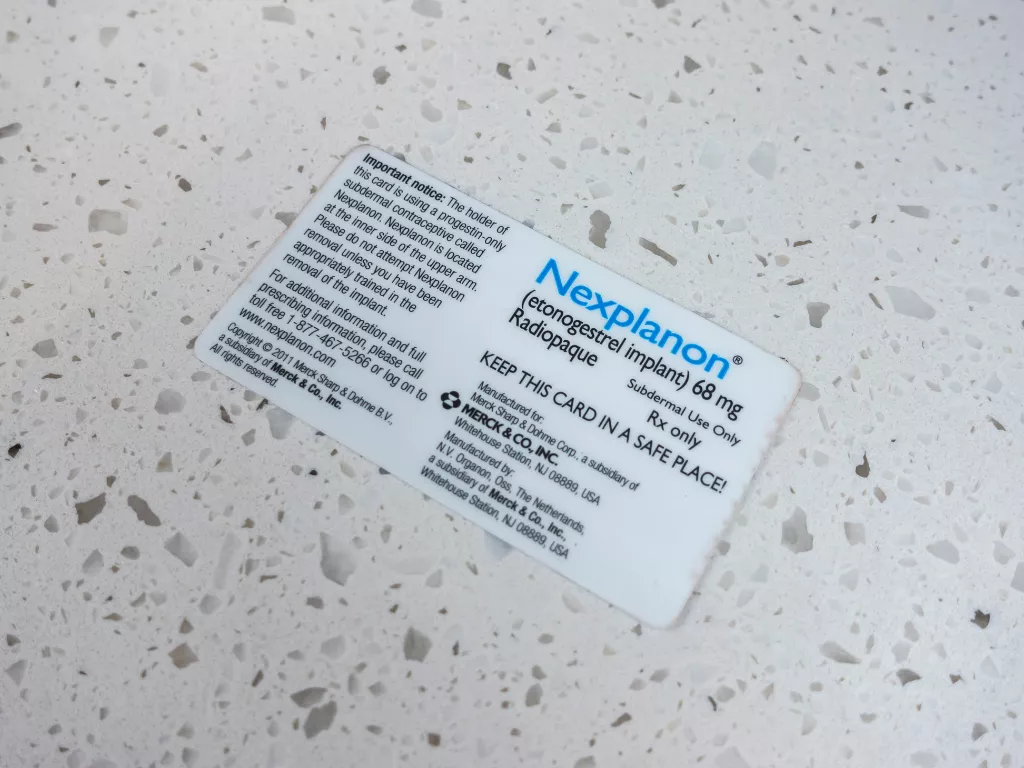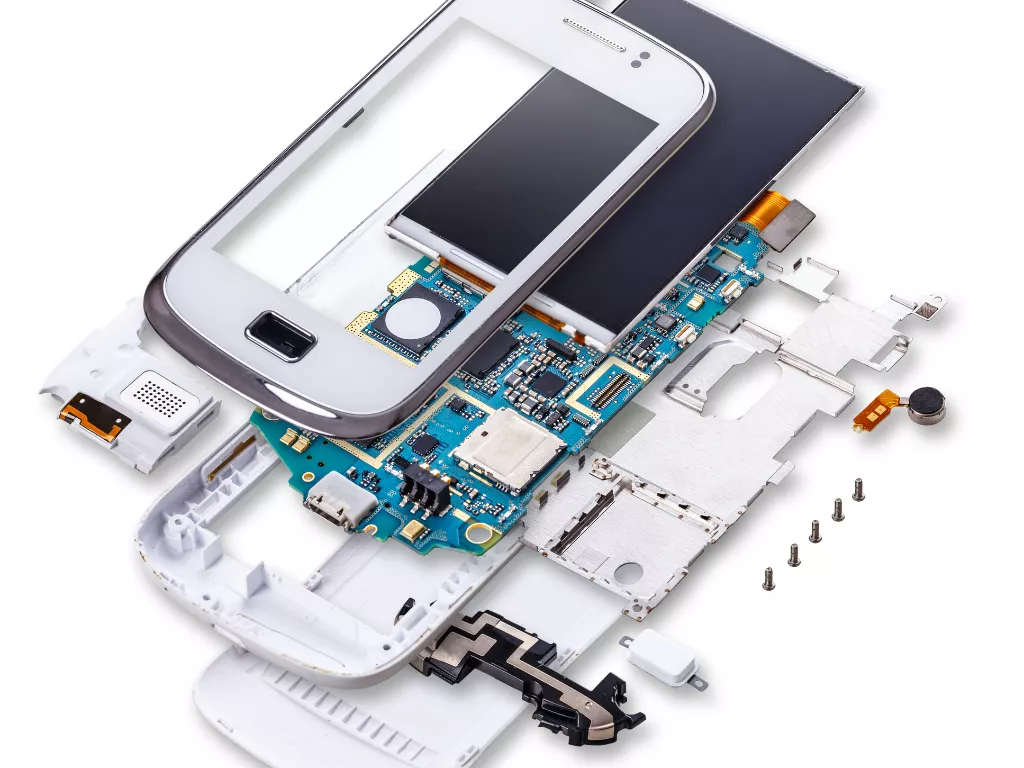How to Create a Patient Implant Card Under the EU Medical Device Regulation (MDR 2017/745)
The EU Medical Device Regulation (MDR 2017/745) requires manufacturers of certain implantable medical devices to provide an implant card to patients. The implant card is essential for providing patients with critical information about their implanted device, which can be vital in medical emergencies, device recalls, or when reporting adverse events.

This article outlines the steps manufacturers must take to create an implant card that complies with EU MDR requirements.
1. Identify Applicable Devices
The first step is to determine whether the device falls under the implant card requirement mentioned in EU MDR Article 18. An implant card must be provided for implantable devices, which include:
- Cardiac pacemakers
- Orthopaedic implants (e.g., hip, knee, or spinal implants)
- Vascular stents
- Intraocular lenses
- Neurostimulators
Implantable devices are defined as those intended to be fully or partially inserted into the human body or a natural orifice, or those designed to replace an epithelial surface or the surface of the eye and are intended to remain in place after the procedure.
2. Required Information for the Implant Card
The implant card must include specific information as required by Annex I, Chapter III, Section 23.4(p) of the MDR. The following details must be provided:
- Device Name: The trade name or common name of the implant.
- Device Type: The specific type of device (e.g., hip implant, pacemaker).
- Serial Number, Lot Number, or Batch Number: Unique identifiers that for tracking the device.
- Unique Device Identification (UDI): The UDI for the implantable device as per MDR Article 33.
- Manufacturer's Details: The name and address of the device manufacturer.
- Device Model: The model’s name or number of the device.
- Warnings, Precautions, and Measures to Be Taken: Specific warnings, precautions, or instructions that should be followed, such as guidelines for MRI scanning or procedures involving electromagnetic interference.
- Expected Lifetime of the Device: Information regarding the expected lifespan of the device.
- Contact Information: Contact details, including a website or customer support number for additional information.
3. Design
The implant card must be designed to ensure clarity, conciseness, and ease of understanding by the patient. Consider the following design elements:
- Format: The implant card should be small and durable, similar to a credit card, so that patients can easily carry it.
- Language: The card must be available in the official language(s) of the EU member state where the device is marketed, ensuring patients can fully understand the information.
- Durability: The card should be made of a material that is resistant to wear and tear, given that it will need to be carried by the patient over a long period.
4. Pictograms and Symbols
To enhance comprehension, consider using internationally recognized symbols and pictograms where appropriate. This can help convey essential information quickly, especially in emergencies or when language barriers exist.
5. Patient-Specific Information
Manufacturers or healthcare providers must ensure the implant card contains patient-specific information, including:
- Patient Identifier: A unique identifier for the patient, such as a patient number or code (to maintain confidentiality, the patient's name should not be included).
- Date of Implantation: The date on which the device was implanted.
6. IFP
The implant card should include instructions on its usage, such as:
- Carrying the Card: Patients should be advised to always carry the implant card with them.
- Informing Healthcare Professionals: Patients should be instructed to present the implant card to any healthcare professional they consult, particularly in emergencies or before diagnostic procedures or treatments.
7. Distribution
The implant card must be provided to the patient immediately after the implantation procedure by the healthcare professional or facility where the procedure took place. While the card can also be included in the device packaging, it must ultimately be handed directly to the patient.
8. Technical Documentation
Manufacturers must update their technical documentation and regulatory files to include:
- A sample of the implant card.
- The distribution process for implant cards.
- Translation requirements and the card's availability in multiple languages, as required by EU member states.
9. Implement Post-Market Surveillance (PMS) and Vigilance Reporting
Ensure that the information provided on the implant card aligns with your Post-Market Surveillance (PMS) plan and vigilance reporting systems. If there are any changes in safety information or device characteristics, the implant card must be updated.
10. Comply with Data Protection Requirements
It is crucial to ensure compliance with data protection regulations, such as the General Data Protection Regulation (GDPR), when creating implant cards. The card should not contain personally identifiable information (PII) such as the patient's full name or address.
Conclusion
Creating an implant card that complies with EU MDR requirements involves a thorough understanding of the regulation, gathering all necessary device information, designing a durable and easy-to-understand card, providing clear patient instructions, and ensuring compliance with distribution, language, and data protection requirements. The implant card is essential for patient safety, enabling effective communication between patients and healthcare providers and ensuring device traceability and prompt response in the event of any issues. By following these steps, manufacturers can not only meet regulatory requirements but also enhance patient care and safety.
Our Services
At Decos, we help our clients navigate the Medical Device Regulation by ensuring that their product labels and Patient Implant Cards meet all regulatory requirements. Our team offers expert guidance on labeling standards, creates clear and compliant labeling materials, and conducts thorough reviews to guarantee accuracy. We also provide training on labeling best practices, empowering our clients to effectively communicate essential information to patients and healthcare professionals.

This blog is authored by Vikram Parameswaran, Technical Lead at Decos. With over nine years of expertise in regulatory labeling for medical devices, Vikram specializes in compliance with EU MDR, US FDA, and China NMPA regulations. He oversees projects involving Class I, IIa, and IIb devices, ensuring clear and compliant labeling and patient documentation
Decos is a cutting-edge technology services partner ready to meet your software needs in the medical domain. If you have a question on one of our projects or would like advice on your project or a POC, just contact Devesh Agarwal. We’d love to get in touch with you!
Discover more

Exploring Degrees of Freedom: From Mechanics to Robotics

Design for Disassembly: A Path to Sustainable Product Lifecycles

